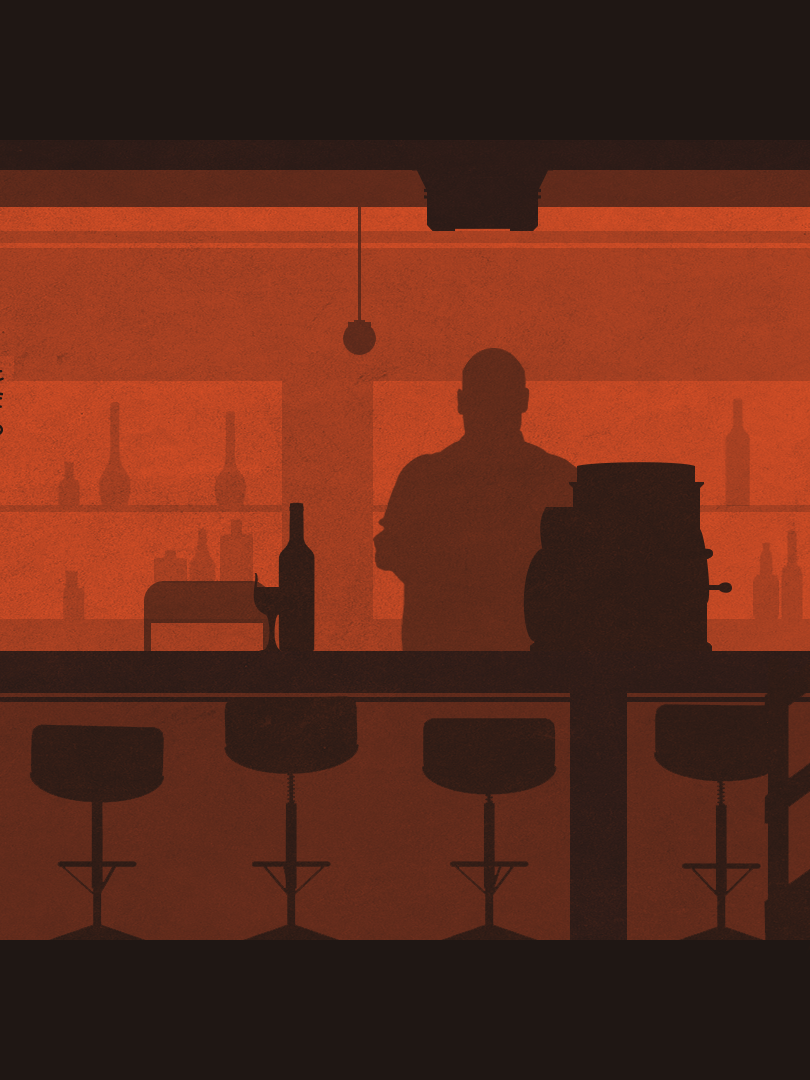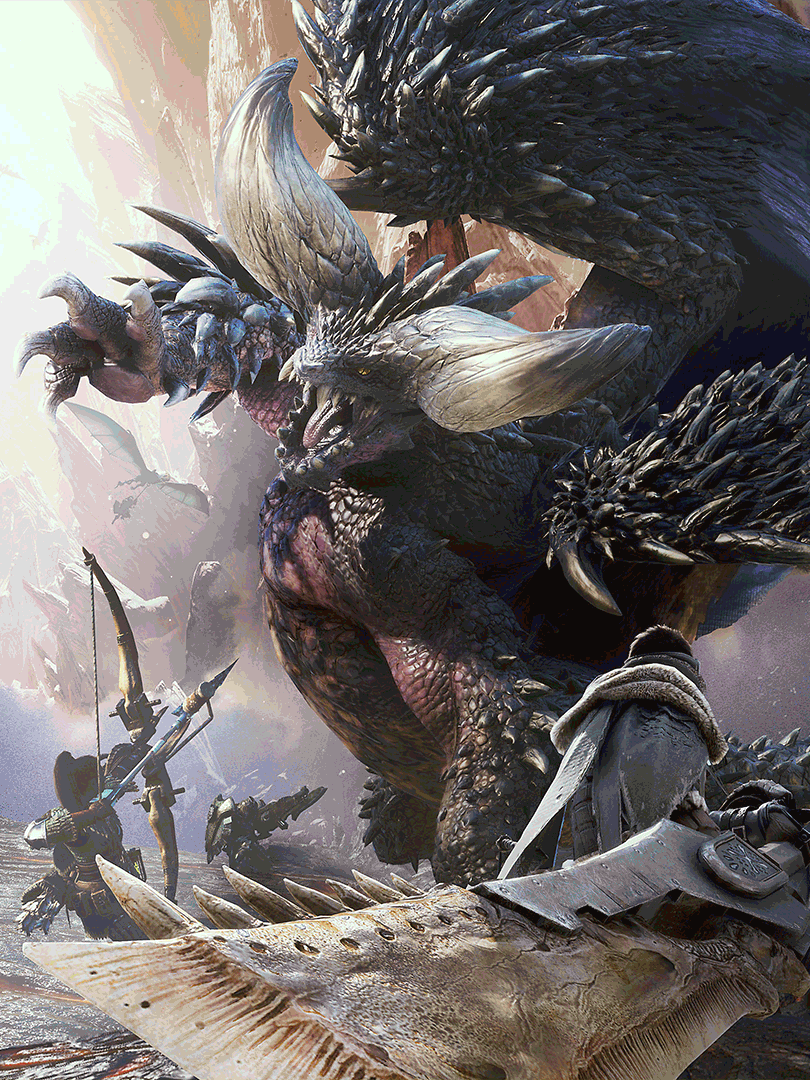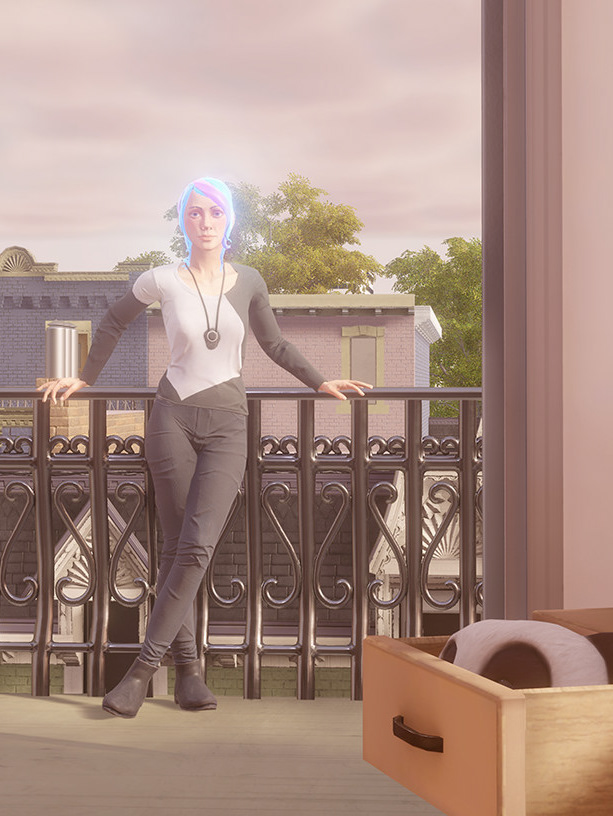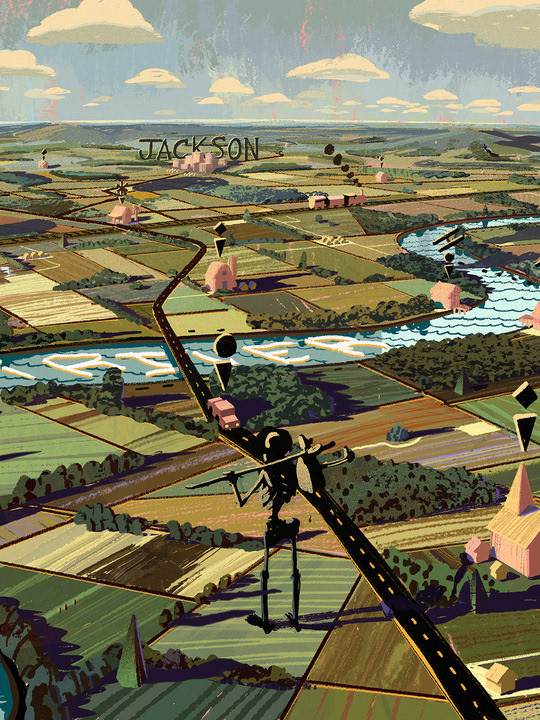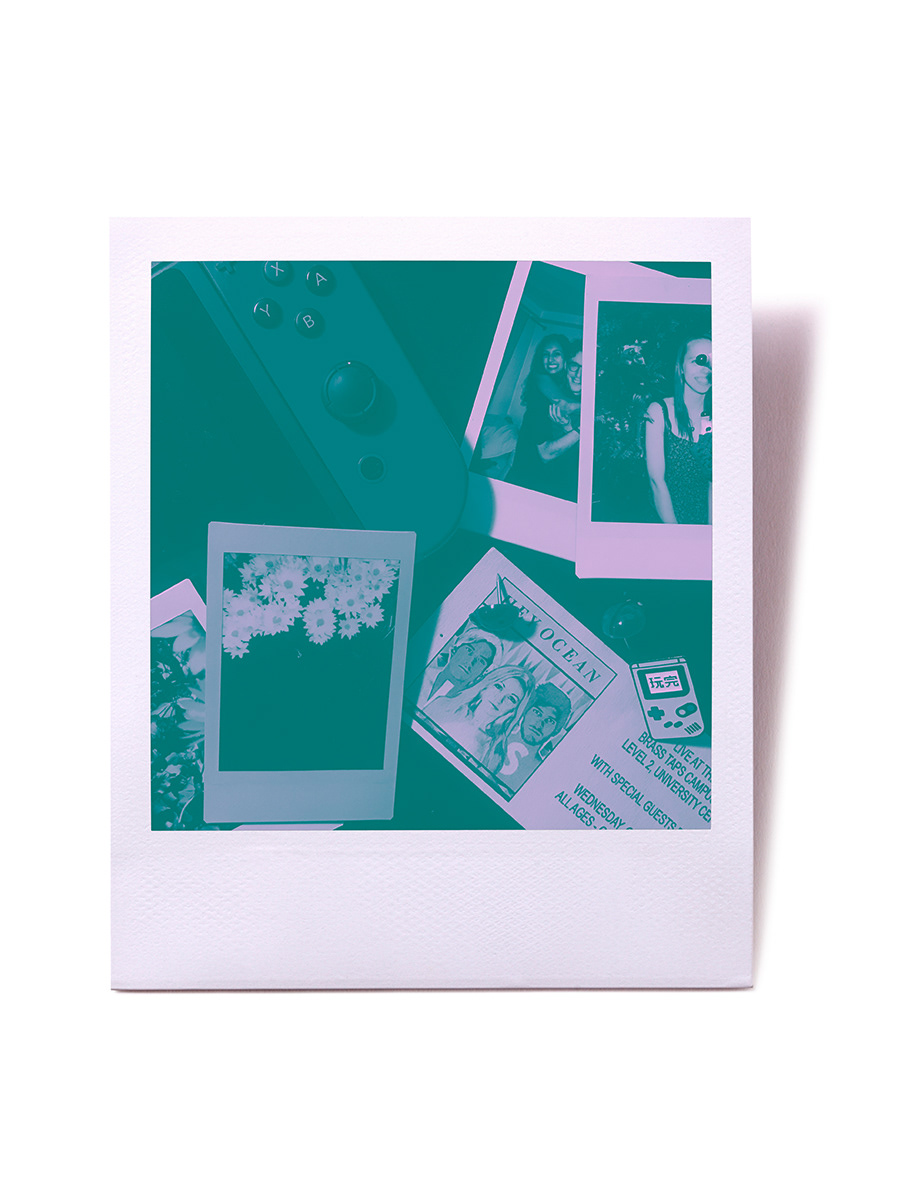For all of our advances in creating believable worlds, fantastic adventures, and pushing the line forward of blending cinematic and artistic expression in games, there still remains one aspect of that which falls woefully short consistently. I am of course referring to well written and thoughtful portrayals of believable physical and emotional intimacy and relationships in games and narratives. That marriage of gameplay and story that gives the player agency in a relationship, while avoiding the classic problem of, “say the right things and we’ll bang.” The aspect of giving relationships permanence or the ability to break, and tying them more into the stories that they are adjacent to. This isn’t even mentioning the other major issue in this topic, the proper representation of romances between different gender identities, sexual orientations, and relationship types.
When we call to mind the idea of love and sex in games we find a few distinct examples. One of the most prolific is the “Bioware” model found in games like Mass Effect or Dragon Age. The basic idea of this model follows this formula: choosing one romance from a variety of partners in the game, and with then specific dialogue choices, allows the player to follow a very determined path with a partner that almost always terminates with sex. The climax of the relationship arc is, well, physical intimacy. However, this relationship barely factors into the game as a whole and the main plot of the game and only exists on the periphery. Other games guilty of this include the Persona series, or Fire Emblem series. Having a relationship can confer gameplay benefits but barely ties into the game’s overarching plot. Furthermore, all of these romantic options exist only for the player’s power fantasy. When romantic options are not chosen by the player, they don’t continue to explore other options with other characters in the story (with very few exceptions, such as Dorian and Iron Bull in Dragon Age: Inquisition). These representations are thoroughly problematic and tie into similar ideas I touched on in my article on Nuclear Weapons (note: currently unavailable) in games which is not a comparison I thought I would be making. Relationships in real life amount to much more than just flirting, sex, giving gifts, and unwavering loyalty and devotion.
Some of the better portrayals in games can be found in visual novels or adventure games. Many of these are indie but they do much more work in a very short time. Games like LongStory, Dream Daddy, Heaven Will Be Mine, Florence, or Butterfly Soup dive into relationships and intimacy in a much more thorough manner, conveying the moments in between that many big games miss. Relationships are made up of the moments in-between, and bigger games forget this often. They stick to the milestones and forget that what many think of as “mundane”, which are actually the most interesting moments. It’s why games The Witcher 3, Uncharted, or Life is Strange get so much praise for the relationships they portray because they take the time to slow down. It’s why shows like “Terrace House” remain popular, they focus on genuine and kind interactions, and the slow building of romance. Real life relationships are made up of small gestures, quiet moments, whispered declarations of love, and sharing life through the mundane and the spectacular. It builds slowly and through adversity and shared interests. These small moments can be shown regardless of genre or setting, they are genuine slivers of time that give whatever relationships that have been written more power. In 2007’s The Darkness you have an optional opportunity to watch the entirety of To Kill a Mockingbird with the protagonist's girlfriend Jenny. The game would then, of course, fridge her and double down on terrible tropes but it existed as a strange and thoughtful moment ahead of its time.
Though in the case of Life is Strange, it does commit the sin of “burying your gays”, a trope based on the fact that queer relationships almost always end in death or unhappiness. In a thesis entitled “Not another dead lesbian: the Bury Your Gays trope, queer grief, and The 100”, author Kira M. Deshler states, “...engaging with popular media, in both normative and subversive ways, is a tool of social survival for many queer viewers.” Through communities on platforms such as Tumblr and Twitter, queer individuals find a sense of self and belonging in popular media, especially as teens. By having these characters and relationships that are so rare to begin with, end in tragedy, betrays the audience being represented. In many ways, positive queer representation in games still has a long way to go, especially in AAA games. While games like Mass Effect do have gay relationships, they suffer from a lack of depth or even realism. Games especially have difficulties showing different types of relationships. Polyamory, long distance, asexual, aromantic, and even marriage (post-wedding) are all aspects that fail to factor into plot and relationship developments in most games.
Speaking to this lack of depth, many games also fail to show the difficulties of relationships and that robs the player of the true appreciation of relationships, as well as the intimacy both physical and emotional that comes with that. In most cases, a player can’t truly mess up a relationship or fail to court a character. This power fantasy fails the player in a very crucial way. By removing the actual ups and downs of a relationship, the development of any romance portrayed lacks an impact. To reduce all this to the basest of gameplay terms, power is conferred to a player after a set amount of effort and failure. Emerging victorious over a difficult boss or puzzle is cathartic and gives a sense of accomplishment. Relationships without difficulty are not only unrealistic but fail to tie into the basic tenets of game design. I draw this comparison not to reduce love and intimacy to a challenge to overcome, but to point out that in many ways romance in games runs contrary to player choice, and robs the player of romance with depth. They instead act as window dressing, providing little more than a quick diversion. In Assassin’s Creed: Origins, we see a strained marriage between protagonist Bayek and his wife Aya. After the murder of their son, they worked together and separately to seek justice and retribution for this crime. Over time, however, they find themselves on diverging paths and seek this resolution through different methods. By having the player inhabit both Aya and Bayek, we see their separate journeys and come to find empathy for both of them. A couple at odds over a traumatic event, dealing with grief and resolution in a way that slowly drives them apart.
This may seem paradoxical, but the best portrayal of romance in games is online. In big communities like World of Warcraft, Minecraft, or League of Legends, romance between players is very possible. In a 2014 article entitled “The Relationship Between Online Video Game Involvement and Gaming-Related Friendships Among Emotionally Sensitive Individuals“ from the US National Library of Medicine, the authors argue that “one's co-players can be more than just individuals who help achieve in-game instrumental goals; they can be close, trusted friends and valued sources of online advice. In this sense, online video games converge with other Internet-based social outlets, where the development of acquaintances, friendships, and romantic relationships as a result of involvement has been well documented.” Nina Freeman’s Cibele is a great distillation of this concept, showing early romance and sexual discovery through an online role-playing game. It proves to be awkward, naive, and brutally honest, giving a window into a true story of teenage romance. Our narrative games should take this idea and run with it, focusing more on developing relationships and then taking that extra to tie it into gameplay. Our characters adventure together, suffer together, face both victory and loss over the course of their journeys. There is a lot of room to allow the ups and downs of a journey to mirror those of a developing relationship. Through triumph, and the quiet moments in between, comes intimacy. A great example of this can be found within Final Fantasy XV. While the party in that game are only friends, it is the cooking, camping, photography on top of the various quests and adventures that bring them closer and make their friendship believable.
Games also hold an important aspect that goes underused in developing relationships, which is using the potential of working in an interactive medium. We can see it in examples such as Gone Home or Tacoma, where exploring the environment gives a glimpse into relationships through physical memorabilia or past visions. In a more recent example, Marie’s Room, the player is tasked with exploring a room to determine what happened to the friendship between Marie, and Kelsey. It portrays a toxic romantic relationship that builds over time and in being able to touch and explore the environment, we get so much more of who they are and what they felt then if we had seen the events portrayed from a linear, third person perspective.
They say to kill your darlings, and unfortunately, that means series like Mass Effect or Persona need to be held to a higher standard. In both of these cases, I can easily quote which romance I pursued but in almost every instance despite loving the character and bond built with them, they come up short when thought of in a wider context and the potential for this relationship to tie into the greater arc. I will say that in the Mass Effect instance, my romance actually did come close to finding the right balance. With Thane, you fall in love with a religious assassin who is slowly dying from a degenerative condition. When following up with him in Mass Effect 3 and its DLC, Citadel, you gain a clearer picture of the relationship between Shepard, Thane, and his son Kolyat. It is a relationship that is beautiful, full of moments of weakness and honesty, and ultimately ends in Thane’s death no matter what the player does. It is sad but this loss makes it have weight and impact.
“Time for me is short, siha, but any I have is yours to take.”
Physical intimacy is woefully underrepresented in games as well. There are exceptions such as Christine Love’s Ladykiller in a Bind which don’t shy away from sex and positive representation of a variety of physical and other intimate relationships, but they are all too rare. Up to this point, I’ve mostly discussed the emotional development of relationships but sex and other aspects of physical intimacy are too often poorly done as well. Sex is usually the end game of relationships and due to rating boards like the ESRB and other content standards, rarely shown. To improve the proper representation of sex requires a larger societal overhaul, but at the very least, kissing and even small physical touches shouldn’t be such a rarity. From both a technical and an emotional perspective, this is why there was a strong reaction to the kiss from The Last of Us Part II during this year’s E3. It showed two women kissing to a wide audience and didn’t play it for titillation or exploitation. It was instead an honest moment that provided both good queer representation, but also a quiet reprieve from the violent nature of the world in the game. These kisses and touches can have an impact when rare, but they can provide a player with a cathartic release from the often violent and dark nature of games. Games often use landscapes, vistas, and an open environment to explore to provide the valley to the peaks of action. Instead, or in addition, these moments are a great time to expand and develop intimate relationships. Allow banter and flirting like in 2008’s Prince of Persia to give the heroes a chance to bond, have the characters bump into one another, or brush hands, or embrace after barely surviving.
It is often that love and intimacy occupy a long forgotten space in the mind of both gamers and developers. Due to budget or time restraints, technical limitations, or content restrictions, intimacy in games is never tied into a grander narrative or into gameplay mechanics, and in many cases, queer relationships are buried. Proper LGBTQ representation isn’t just long overdue, but it is also a cultural touchstone that needs to exist. From author Judith Butler in her book “Undoing Gender”, “The struggle to survive is not really separable from the cultural life of fantasy, and the foreclosure of fantasy—through censorship, degradation, or other means—is one strategy for providing for the social death of persons.” Games such as “the earth is a better person than me” or the upcoming “Later Daters”, explore topics and ideas like the intimacy of self and love at an older age, and they do so through by putting love and sex at the forefront. Properly conveying love and sex can be a powerful tool for any storyteller’s toolbox, and exploring this needs to be a higher priority for the industry going forward. Poetry, music, art, all of these mediums have famous examples of being driven by love or passion. Video games are too often viewed through the lens of violence, control, colonialism, and victory that we often forget to stop, and fall in love.
For further reading on this topic, please refer to Merritt Kopas’ essay “Ludus Interruptus: Video Games and Sexuality” in The State of Play anthology, and to fellow journalist Kate Gray’s articles on indie games that explore sexuality and intimacy.
